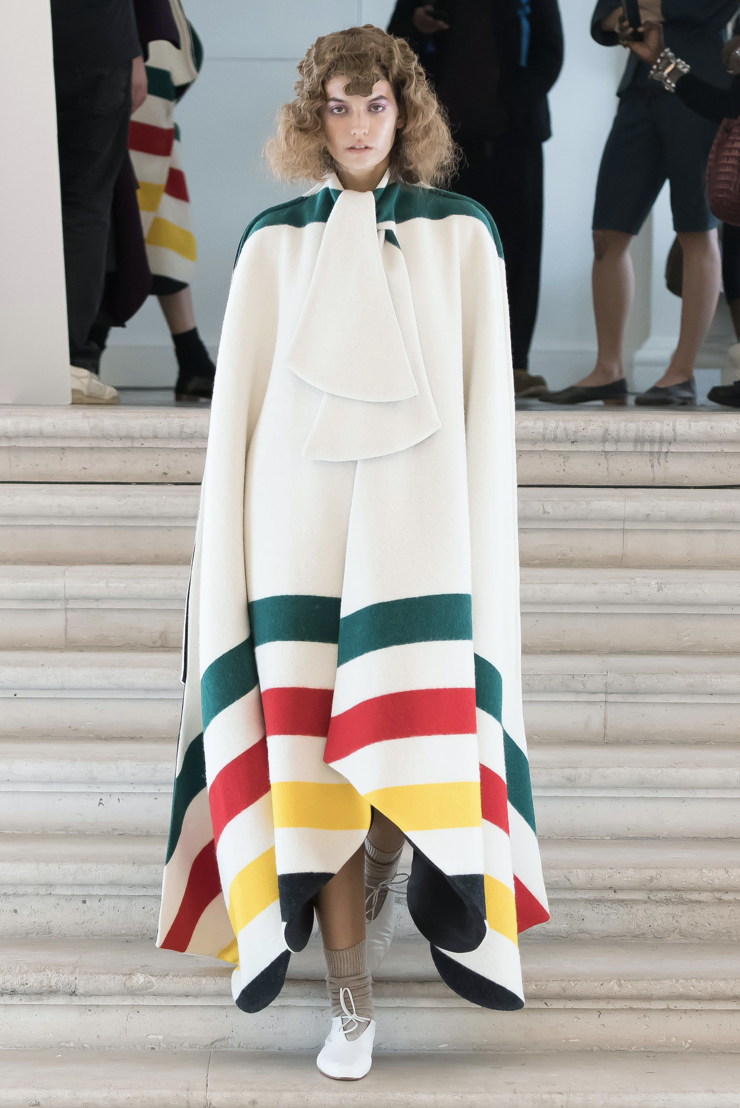Met Gala 2021: A Move Towards Diversity?
Graphic by Margeaux Rocco
Andrew Bolton, the Head Curator of the Costume Institute at the Metropolitan Museum of Art, believes that American fashion is undergoing a renaissance. The museum is currently preparing for the 2021 Met Gala, and for the first time, they plan to address societal issues of diversity and inclusion.
Every year, on the first Monday in May, the Costume Institute hosts the Met Gala in order to raise funds for the institute’s maintenance. Celebrities walk by the iconic steps of the Met wearing designer costumes inspired by the year’s theme. After each Met Gala, the Costume Institute launches an exhibition with an extremely selective guest list and high entrance price. In 2019, an individual ticket cost $30,000, and entire tables could be sold for $275,000. In 2018, the gala raised approximately $12 million.
Because of the COVID-19 pandemic, the 2020Met Gala was held live on Vogue’s Youtube channel. It featured an illustrated story of the Met Gala’s history followed by Anna Wintour’s call for donations and a performance of Florence Welch singing “You’ve Got the Love”. In April 2021, as expectations to return to in-person events increase, the Met Gala announced that the event has been postponed to Sept. 18, 2021 and will coincide with the closing of New York Fashion Week. This represents a hopeful revival of fashion events as well as a move to adapt to contemporary demands in the fashion world.
This year’s theme is inspired by the upcoming two-part exhibition at the Costume Institute. The first part is called “In America: A Lexicon of Fashion” and will be held at the Anna Wintour Costume Center starting on Sept. 13, 2021. The second part is titled “In America: An Anthology of Fashion” and will be exhibited at the Met’s American Wing period rooms starting May 5, 2022.
Former Met Galas themes have failed to emphasize contemporary society’s issues such as racial and gender equality as well as climate change, as previous editions have focused on historical periods of Fashion History and remote ideas of style that are not usually seen in day-to-day outfits. Take as an example the 2018 edition, whose theme was “Heavenly Bodies: Fashion and the Catholic Imagination.” It took place at the Met’s “Medieval Art and the Cloisters” and had a historical and religious ambiance. In 2019, the theme “Camp: Notes on Fashion” brought a quasi-surrealist mood to the Met Gala featuring extravagant and exotic outfits. The exhibition was inspired by Susan Sontag’s 1964 essay “Notes on ‘Camp’” which examines the ways in which fashion designers were able to work with “Camp” in unprecedented ways, such as incorporating humour and exaggeration into clothing.
Since the 1970s, many American designers like Bonnie Cashin have been creating wide tailleurs, dresses, overcoats and other pieces of clothing that do not outline female curves, expressing some kind of gender fluidity. In a 2021 Vogue article, Bolton said he was “really impressed by American designers’ responses to the social and political climate, particularly around issues of body inclusivity and gender fluidity.” Indeed, if compared to “Heavenly Bodies” or “Camp”, this year’s theme is based much more in reality. Instead of Rihanna’s sparkly Maison Margiela outfit in 2018 and Nicki Minaj’s voluminous Prabal Gurung dress in 2019, the 2021 Met Gala will feature classic 20th century American designs such as Ralph Lauren and Calvin Klein along with up-and-coming designers like Christopher John Rogers and Pyer Moss.
Overcoat sketch by Bonnie Cashin. Courtesy of Cornell Fashion+Textile Collection blog
Rihanna at the 2018 Met Gala wearing Maison Margiela. Courtesy of Vogue
Nicki Minaj at the 2019 Met Gala wearing Prabal Gurung. Courtesy of Harper’s Bazaar Brasil
American fashion is going through a renaissance, as Bolton said, but so are the Costume Institute’s curatorial choices. During the Renaissance, from the 14th to the 17th century, Western European society entered an age of significant knowledge acquisition. Similarly, the Costume Institute is adapting to contemporary society’s ideals.
This year’s Met Gala will center around the idea that fashion is an expression of our personal feelings as opposed to showing off beauty or being comfortable.
“Over the past year, because of the pandemic, the connections to our homes have become more emotional, as have those to our clothes … For American fashion, this has meant an increased emphasis on sentiment over practicality,” Bolton says.
Timothée Chalamet, Billie Eilish, Amanda Gorman and Naomi Osaka will be the co-chairs of the 2021 Met Gala. This diverse cohort of co-chairs, including Black members, those who sport innovative outfits and social activists, will certainly contribute to this Met Gala’s efforts towards freedom in multiple facets of contemporary society.
In the past decade, important societal movements fighting against racism, homophobia and climate change took place. In addition, fashion has always been a tool for social activism by proliferating messages and statements. Therefore, as a major fashion event garnering the attention of hundreds of million of people, it is comforting to know that the Met Gala is also collaborating with efforts towards a better and more just society.





